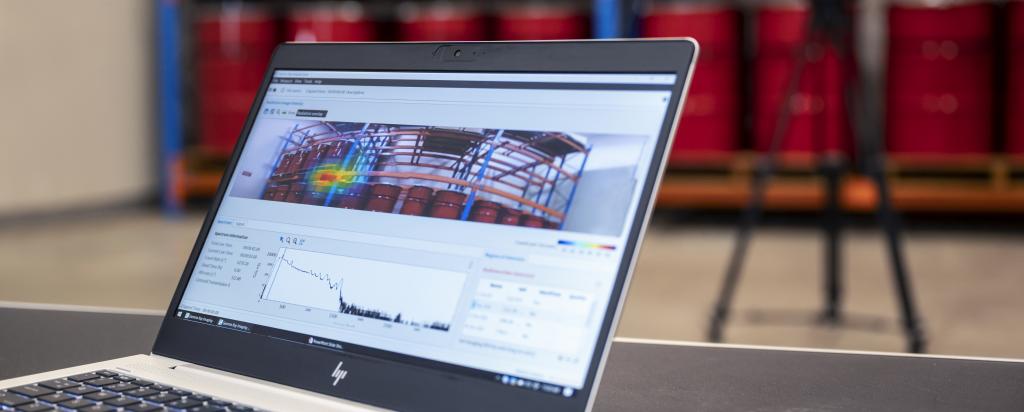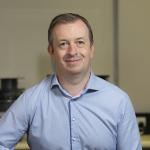
FAQs
Frequently asked questions
Can CORIS360® image low energy photons, such as those from Am-241 and U-235?
Yes, unlike Compton cameras, CORIS360® can image these low energy photons as well as any photon energy over the 40 keV to greater than 3 MeV.
Does CORIS360® use a dual imaging modality?
No, CORIS360® uses a single imaging methodology that enables the broad energy spectrum to be imaged over a wide field of view. Other imaging methods, such as Compton cameras, cannot image low energy photons. They rely on a second imaging modality (i.e. coded aperture or pinhole) in order to image low energy photons over a narrow field of view.
Does CORIS360® have limitations on the photon energy range that can be imaged over its field of view?
No, CORIS360® can image from 40 keV to greater than 3 MeV across the imager’s full field of view (360° x 90°).
As CORIS360® uses a single non-position sensitive detector, will it take a long time to image areas, like raster scanning techniques?
The compressed sensing technique means that relatively few samples are required to produce an image, so, unlike raster scanning, images can be acquired very quickly.
Can CORIS360® image neutrons?
At present, CORIS360® can only detect the presence of neutrons as well as imaging across the broad range of gamma energies. Future product developments are planned to incorporate a thermal neutron imaging capability as well.
Why use interchangeable detectors?
Interchangeable detector modules allow the end-user to optimise the system configuration for the work being undertaken. A larger volume detector is more suited to low dose rate environments, while a small volume detector is ideally suited for higher dose rate environments. The plug and play design of the detector module enables current and future detector materials to be incorporated into the imaging system.
Can I have a customised detector for my applications?
Yes, both bespoke detectors and imaging systems can be produced. Please contact us to discuss your requirements.
What is compressed sensing?
Compressed sensing is a new sampling theory that enables the imaging measurement process to be compressed. For further information, see this paper.
Is CORIS360® classified as a coded aperture technique?
While CORIS360® uses randomly encoded masks, it is not a traditional coded aperture imaging technique that employs pixelated detectors and a limited field of view mask. CORIS360® uses a single non-position sensitive detector in the centre of two cylindrical masks, which provide the 360° x 90° field of view. The rotating masks enable the scene to be randomly sampled, which leads to a compressively sampled image of the scene.
Can any part of the gamma region be imaged?
Yes, given sufficient photon counts, any part of the gamma spectrum (i.e. peak and non-peak regions) can be imaged with CORIS360®.
